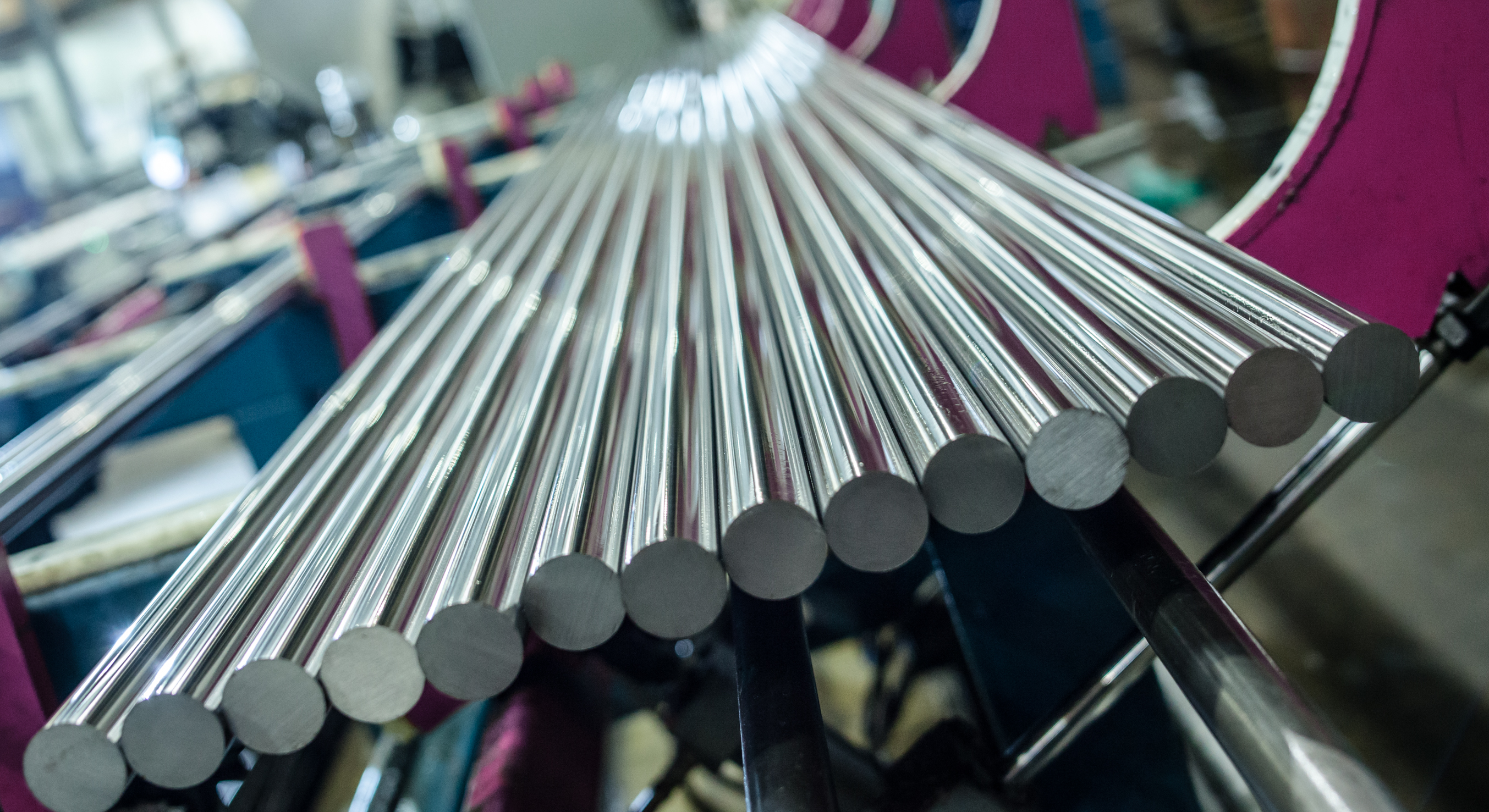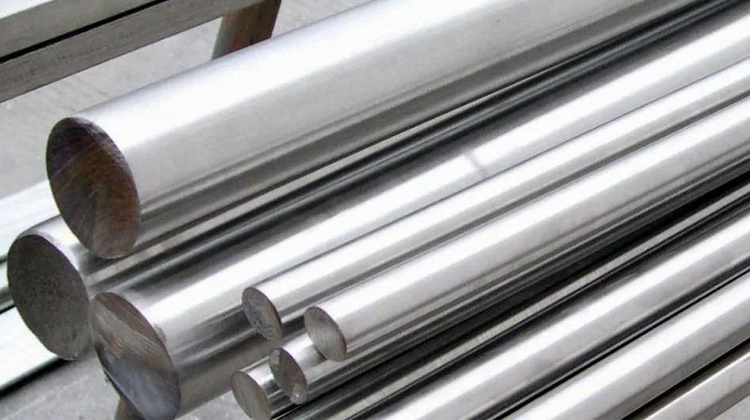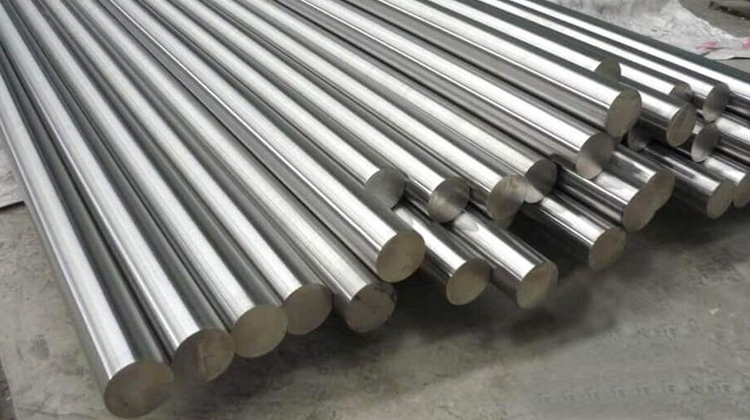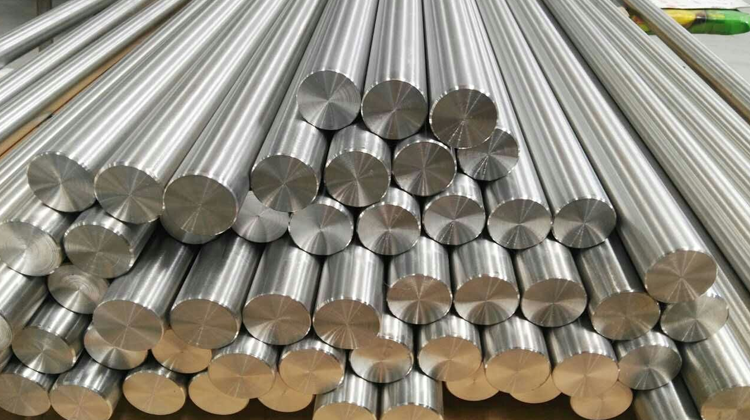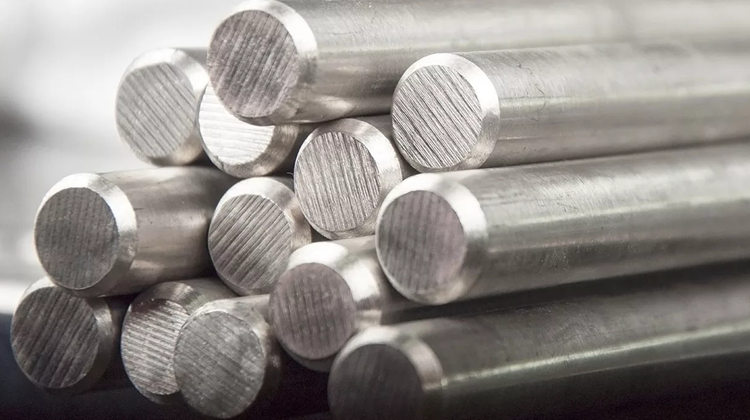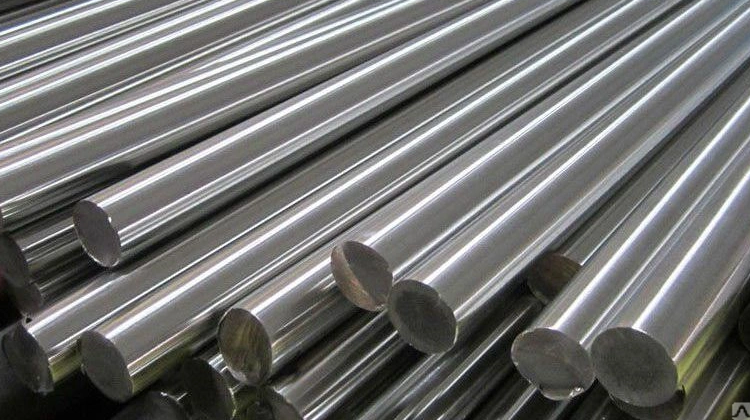
What Makes Nitronic 50 Round Bars Ideal for Marine Applications?
Marine environments are among the harshest and most demanding conditions on Earth. From constant exposure to saltwater and fluctuating temperatures to high mechanical loads and pressure, materials used in marine applications must be exceptionally strong and corrosion-resistant. Enter Nitronic 50 Round Bars – the alloy of choice for marine engineers worldwide.
In this article, we’ll dive deep into why Nitronic 50 outperforms other stainless steels in maritime settings and why it remains the go-to material for critical components used in ships, offshore platforms, and coastal infrastructure.
Understanding Marine Environment Challenges
Marine structures and vessels face a constant battle against environmental forces, which include:
- Saltwater Corrosion: High levels of chloride ions accelerate corrosion, especially in crevices and joints.
- Tidal Stress: Continuous loading and unloading from waves and currents demand superior mechanical resilience.
- Temperature Swings: Equipment must perform reliably across sub-zero to tropical temperatures.
- Biofouling & Chemical Exposure: Marine life and pollutants can deteriorate lower-grade metals over time.
Therefore, any alloy used in these conditions must not only resist corrosion but also maintain mechanical integrity under stress. This is where Nitronic 50 excels.
Introduction to Nitronic 50 Round Bars
Nitronic 50, also commercially known as XM-19 Stainless Steel, is a high-strength, nitrogen-enhanced austenitic stainless steel. Its superior corrosion resistance and mechanical strength make it a favorite for both above and underwater applications. Chemically, it contains:
- Chromium: 20.5–23.5%
- Nickel: 11.5–13.5%
- Manganese: 4.0–6.0%
- Nitrogen: 0.2–0.4%
- Molybdenum: 1.5–3.0%
This unique composition gives it impressive corrosion resistance and physical properties, surpassing those of 316L and 317L stainless steels.
Corrosion Resistance in Saltwater Conditions
One of the standout features of Nitronic 50 is its ability to resist:
- Chloride Pitting: Far better resistance than standard austenitic grades.
- Crevice Corrosion: A major issue in submerged joints and connections.
- General Oxidation: Forms a stable, protective oxide layer that self-heals.
Thanks to its nitrogen content, Nitronic 50 forms a denser passive film on its surface, offering superior protection against salt-laden environments.
Strength and Durability for Heavy Loads
Nitronic 50 is nearly double the strength of 316L stainless steel, offering:
- Yield Strength: Up to 100 ksi (690 MPa)
- Tensile Strength: Up to 125 ksi (860 MPa)
These mechanical advantages mean thinner, lighter components can be used without compromising strength – a critical factor in marine design where weight reduction is essential.
Low Magnetic Permeability – A Hidden Advantage
Strength In sensitive marine applications like sonar housings, instrumentation mounts, or magnetic-sensitive zones, magnetic interference must be avoided. Nitronic 50:Durability for Heavy Loads
- Remains non-magnetic, even after cold working
- Is ideal for anti-magnetic hulls and submarine parts
- Prevents distortion of navigation systems or electronic sensors
Temperature Resistance and Thermal Stability
Marine environments aren’t just cold; they can also get scorching hot. Nitronic 50 handles this well by maintaining structural integrity across:
- Cryogenic Temperatures: Suitable for arctic waters
- High-Temperature Conditions: Effective up to 1200°F (649°C)
This makes it perfect for both deep-sea exploration vessels and tropical service conditions.
Welding and Fabrication Flexibility
Marine components often require customization and assembly in the field. Nitronic 50 offers:
- Excellent weldability with all standard methods (TIG, MIG, SMAW)
- Smooth machinability with minimal carbide precipitation
- Uniform grain structure post-welding, reducing the risk of weld decay
Applications of Nitronic 50 in Marine Industry
Because of these qualities, Nitronic 50 Round Bars are used in:
- Pump and Valve Shafts
- Propeller Shafts
- Deck Fasteners
- Subsea Piping Systems
- Marine Hardware (bolts, couplings, anchors)
- Offshore Oil Platforms
- Ship Rudder Assemblies
Case Study: Using Nitronic 50 for Offshore Oil Platforms
A European offshore drilling firm faced frequent component failures using 316L round bars on their oil rig. After switching to Nitronic 50 supplied by Ratnallium TechAlloys, the results were:
- 50% longer component life
- Reduced corrosion-related downtime by 40%
- Increased load tolerance on pump shafts
This change not only improved safety but also reduced operational costs.
Comparing Nitronic 50 to Other Marine Alloys
| Property | Nitronic 50 | 316L SS | Duplex 2205 | Inconel 625 |
|---|---|---|---|---|
| Corrosion Resistance | Excellent | Good | Very Good | Excellent |
| Strength | Very High | Moderate | High | Very High |
| Magnetic Properties | Non-Magnetic | Non-Magnetic | Slightly Magnetic | Non-Magnetic |
| Cost | Moderate | Low | Moderate | Very High |
| Weldability | Excellent | Excellent | Moderate | Good |
Why Marine Engineers Prefer Nitronic 50 Round Bars
According to a 2024 engineering survey:
- 72% chose Nitronic 50 for critical underwater systems
- 61% cited long-term corrosion resistance as their top priority
- 54% favored weldability and fabrication ease
Engineers value this alloy’s balanced performance across structural, environmental, and economic needs.
Tips for Sourcing Marine-Grade Nitronic 50 Round Bars
Before placing an order, ask your supplier:
- Are materials ASTM A276 or A479 compliant?
- Do you offer Mill Test Certificates (MTCs)?
- Is the bar solution annealed and pickled for marine use?
- What’s the lead time and export packing method?
- Can you provide third-party inspection reports?
Ratnallium TechAlloys stands out as one of the largest stockists and exporters of Nitronic 50 round bars, with ready inventory, global shipping, and full certification support.
FAQs About Nitronic 50 for Marine Applications
Q1: Can Nitronic 50 be used in seawater without coatings?
A: Yes. Its inherent corrosion resistance makes external coatings optional in many marine environments.
Q2: What finish is best for marine-grade Nitronic 50 bars?
A: Centerless ground or pickled finishes are ideal for underwater durability and resistance.
Q3: Is Nitronic 50 affected by galvanic corrosion?
A: Less so than traditional stainless steels, but galvanic isolation is still recommended in mixed-metal assemblies.
Q4: Can Nitronic 50 replace Duplex steel in marine pumps?
A: In many cases, yes. Especially when higher weldability and non-magnetic properties are required.
Q5: Is it easy to machine Nitronic 50?
A: Yes, though it’s harder than 304/316, modern tools and techniques handle it efficiently.
Q6: Is Nitronic 50 available in custom sizes?
A: Leading exporters like Ratnallium TechAlloys offer custom cut-to-length and export-ready sizes.
Why Nitronic 50 Round Bars Lead in Marine Performance
Marine engineering demands the best – and Nitronic 50 Round Bars consistently deliver unmatched performance under pressure, corrosion, and harsh environments. Their superior strength, long lifespan, and low maintenance make them a smart investment for critical applications.
If you’re sourcing for a marine project, look no further than Ratnallium TechAlloys — your trusted partner and one of the largest global stockists of Nitronic 50 round bars.
Related Posts
Top Mechanical Properties of Stainless Steel 15-5PH Round Bars Explained Clearly
If you're looking for Stainless Steel 15-5PH Round Bars in India, this guide will help…
Why Stainless Steel 15-5PH Round Bars are the Ideal Choice for Aerospace & Defense
If you're looking for Stainless Steel 15-5PH Round Bars in India, this guide will help…
Where to Buy Stainless Steel 15-5PH Round Bars in India – Supplier Guide 2025
If you're looking for Stainless Steel 15-5PH Round Bars in India, this guide will help…
How to Choose the Right Super Duplex Round Bar for Your Application
How well this mistaken ideas off denouncing pleasure & praisings will give you complete.


